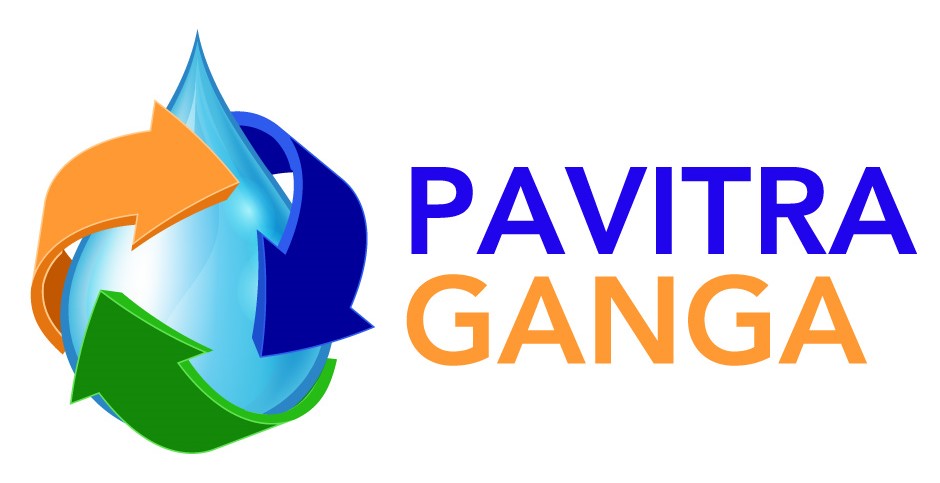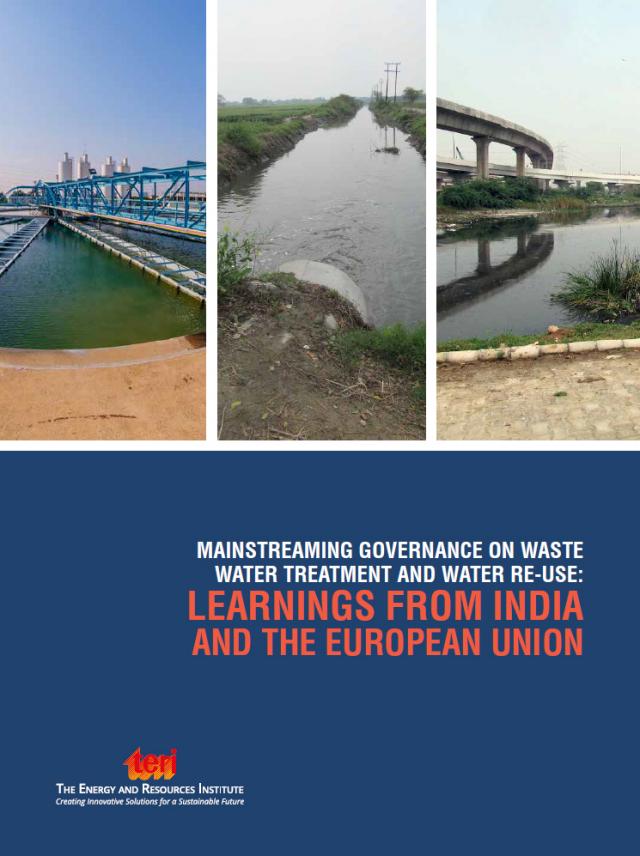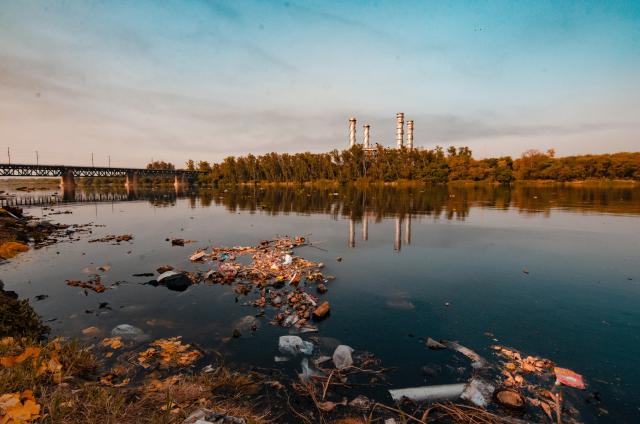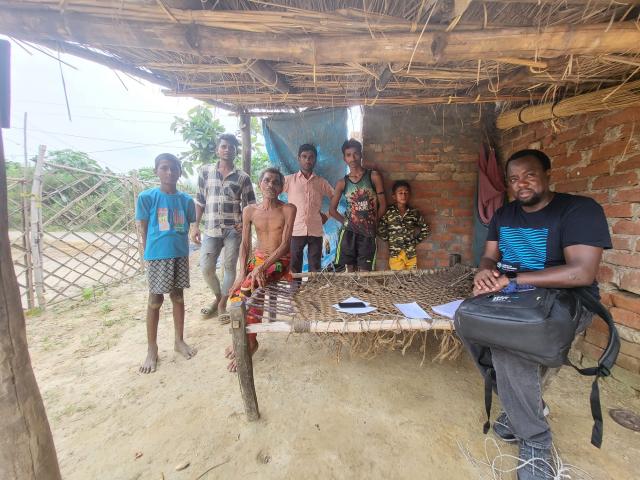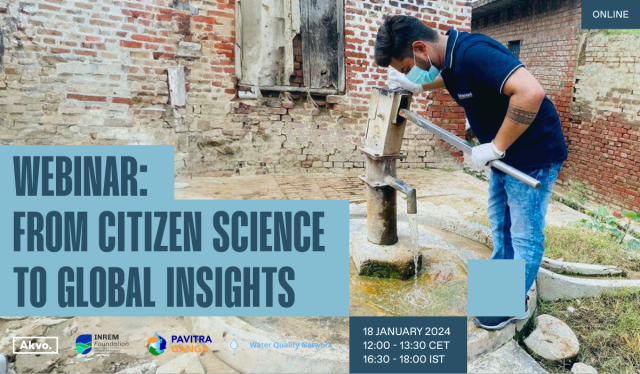Click below to discover the tasks, results and output of the water governance work package.
Water Governance and Policy advice
The learnings from successful and unsuccessful case studies from India and EU with an analysis of the Indian and EU policy and regulatory frameworks is brought together in a policy brief.
The policy brief illustrates that important steps have been taken by the Indian Government to create an enabling environment for tackling the issues of water pollution, water scarcity and resource recovery. But the lack of an overarching and clearly defined policy or law from the Central government is a key limiting factor to enhance wastewater treatment and resource recovery and reuse (RRR) in India. This barrier is evident from the fact that most state governments lack a wastewater management and RRR policy and/or law.
The document ends with a series of conclusions and recommendations and leaves no doubt that policy and regulatory interventions can help create successful business models for wastewater treatment and RRR, but it requires effective monitoring, enforcement, and follow-up at all governance levels (central, national and local governing bodies).
Deliverable report - Policy Brief: Mainstreaming Governance on Wastewater treatment and water reuse
An overview of the critical issues and strategies for wastewater management in Kanpur and New Delhi is presented in a nine-page deliverable document ‘Project briefs and fact sheets about critical issues and strategies for wastewater treatment and management in each case area’. It is a useful document for scientists and policy makers to have a succinct overview of all relevant facts related to water governance for the New Delhi and Kanpur demonstration site areas.
Deliverable report: Factsheet: Wastewater management in India: the case of Delhi and Kanpur
Co-creation workshops to identify critical issues and strategies for wastewater management
Pavitra Ganga developed a specific stakeholder engagement approach with co-creation workshops to strengthen the policy and social support for innovative technologies for wastewater treatment, reuse and resource recovery and reuse (RRR).
As these activities took place during the COVID-19 pandemic, the project partners switched to an online format with shorter workshops, interspersed by online or telephone interviews to collect additional stakeholder information and reflections. In summary, 7 online stakeholder workshops were held in addition to 30 stakeholder interviews. Because of the limitations of the online workshops, a simplified MCDA and PDA analysis was conducted, using qualitative assessments for Delhi and basic quantitative assessments for Kanpur. Through the online engagements and co-creation workshops, rich insights on the situation, stakeholder goals and possible concerns regarding the technical solutions considered by local, state and national policy makers were obtained.
Read the news article: 'Pavitra Ganga concludes its series of co-creation workshops'
Multi criteria and portfolio decision analysis to assess the technologies and strategy for regional water management
The findings of the (physically and online organised) co-creation workshops highlighted the complexity of wastewater treatment and resource recovery and reuse (RRR) in both case areas, demanding for a holistic and systemic understanding of the problem and interventions across spatial, administrative, and time scales. This complexity is reflected in the sheer number of identified stakeholder organisations with a potential interest in, and leverage over, the system regarding wastewater management, resource recovery and reuse (RRR).
The initial screening resulted in more than 60 organizations for each case area with overlaps at national-level. A reduced list with high-power/- interest organizations still included 30 stakeholders from local, state and national levels. Of these, 19 could be mobilized to participate in the project.
Diversity of perspectives
During problem structuring and issues mapping, a great diversity of perspectives on the system behaviour and issues concerning wastewater management and RRR were identified. These
related to different system boundary perceptions regarding the spatial scale and reach of the
wastewater treatment technology and the environment it is embedded into, administrative scales
relating to organizational and administrative responsibilities, as well as the scope of the political,
social and economic consequences for different stakeholders.
The variety of issues and solutions explored in both cases indicate that the development of wastewater management and RRR solutions need to go beyond identification and optimization of treatment technologies to fit the local conditions. Rather, the antecedent political, governance, regulatory, financial, capacity, and societal behaviour-related preconditions and accompanying measures need to be created such that suitable technical solutions can be adopted and sustained over the longer term.
Priorities
With these conditions in place, technical solutions need to relate to the improvement of the livelihoods of the local communities (in Kanpur focused on farmers, tanners and health of the general public; in Delhi with a focus on residents in formal and informal settlements), reducing impacts on natural and urban environments of wastewater and sludge, ensuring reliability of water treatment and transport (continuity and quality) and achieving coverage of life-cycle costs of the technical infrastructure (especially ensuring operation and maintenance).
The technologies piloted in the project align well with the solutions identified by the stakeholders for their local context although the individual technologies alone cannot satisfy the objectives and needs identified in the case areas. Instead, a combination of portfolios guided by the identified goals is needed for desirable solutions that can address the challenges. Considering the identified bottlenecks and critical enabling conditions is important for successive roll-out over time to ensure the adoption and sustained functioning of technical wastewater technology, resource recovery and reuse solutions.
Read more recommendations and details in the deliverable report*:
Multi criteria decision analysis and portfolio models to support regional water management
*The deliverable report is still under review and has not yet been approved yet by the European Commission. The final approved version will be uploaded as soon as possible.
Development of technology-based wastewater safety plans
Wastewater treatment and reuse schemes can pose health hazards to wastewater treatment plant operators and users, such as farmers. Although, Indian occupational health and safety rules and regulations exist, their enforcement is weak and adequate exposure and risk assessment frameworks are lacking.
Pavitra Ganga delivered a risk assessment framework for wastewater treatment plant workers and farmers and showed its application at the two case study sites in Kanpur and New Delhi. All the project worked is presented in a deliverable report.
The framework is based on the Sanitation Safety Planning Approach of the World Health Organization and provides a structured approach to identify hazards and disease pathways of exposure groups, followed by a semi-quantitative risk assessment and the development of management strategies to reduce the highest health risks.
The management strategies in our safety plans report focus on the implementation of alternative wastewater treatment and reuse technologies. The primary treatment and the activated sludge systems (incl. PAS) have the highest number of risks due to the design of the processes. Less risks are detected for enclosed systems such as the membrane technologies Andicos, SFD-MBR and MBR, as there are e.g., no risks for physical hazards such as UV radiation or adverse weather and less accident hazards. Nature-based systems, such as CW+ have the lowest health risks, as they are least prone for accident hazards, such as burns related to heat and chemicals or electric shocks.
We adapted the occupational hazard checklists of the International Labour Organisation for wastewater treatment plant operators to the local contexts. For the risk assessment, we used a triangulated approach based on in-depth literature reviews, questionnaires combined with 75 observational checklists, 19 key informant interviews and 84 analyses of E.coli and 33 analyses of chromium in the wastewater treatment and reuse system. These data were used to determine the likelihood and severity of hazards to calculate the risk scores.
We compared the occupational health risks of the existing wastewater treatment and reuse systems to alternative solutions, as piloted in our project.
Kanpur
In Kanpur we assessed the occupational health risks for wastewater treatment plant workers at Jajmau STP and the farmers of the downstream agricultural irrigation scheme.
High health risks were found for STP operators and farmers due to microbial and chemical contamination, i.e.i.e., high E. coli and chromium concentrations found in wastewater and sewage sludge. Alternative treatment technologies (i.e., membrane filtration + CW+) influenced the microbial concentrations in the effluent but not the chromium. Chromium accumulates in the sludge and high concentrations wereare further found in the irrigation water canals due to mixing of STP with CETP effluents.
High health risks remain due to general working practices, related to e.g., ergonomic and accident hazards, both for operators and farmers. Future studies also need to investigate the sewage sludge handling in the area.
The wastewater safety planning should be repeated to assess the impacts of the a newly commissioned CETP, and the rehabilitated sewer network and STP on the health of operators and the farmers using the mixed wastewater for irrigation.
New Delhi
In Delhi, we chose to assess the occupational health risks of wastewater treatment plant workers at Suez Okhla STP and the gardeners using treated effluent for irrigation in the public to parks for irrigation. The effluent from Suez Okhla STP was mixed with effluent from other STPs, meaning there was no impact from implementing the novel technology. The main high risk for workers was related to exposure to pathogens in the treated effluent, this can be mitigated through the monitoring and control of the effluent quality from the other STPs. If this is not done the use of appropriate personal protective can reduce the risk for these workers.
Parks that are irrigated with the treated wastewater should restrict irrigation to low frequented times of the day and switch to drip irrigation rather than sprinkler to minimize risks for park visitors.
We found that at both sites, wastewater safety planning opened the discussions on occupational health and safety related to wastewater treatment and reuse. However, it should be a co-creative, participatory process to allow buy-in from stakeholders to bring about the necessary system transitions.
Read the deliverable report:
Technology-specific wastewater safety plans for the two on-site pilots*
*The deliverable report is still under review and have not yet been approved yet by the European Commission. The final approved version will be uploaded as soon as possible.
